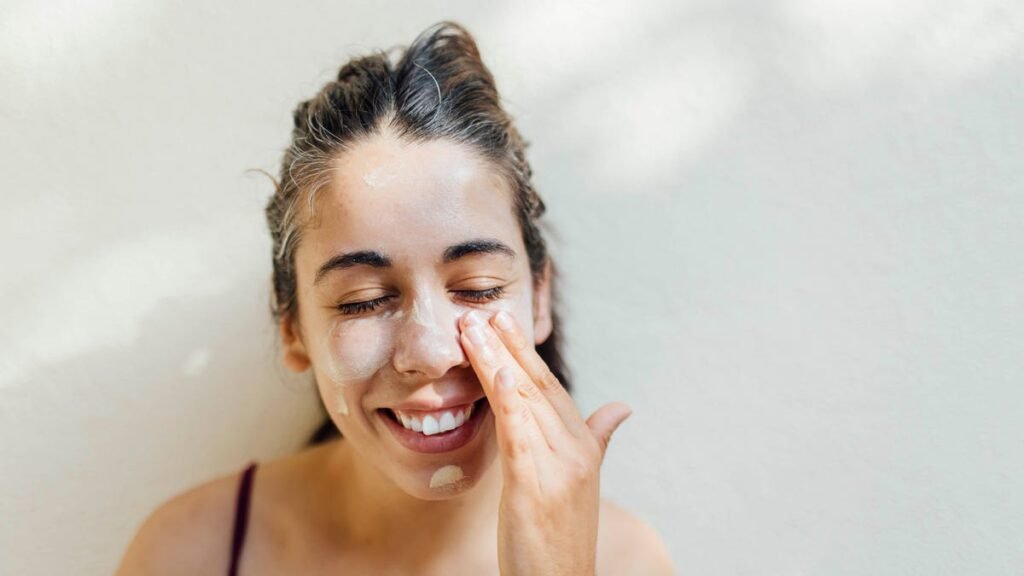Essential Summer Skin Care: The Importance of Sunscreen
As summer heats up, it’s easy to focus solely on staying cool and hydrated. However, one crucial product for your health often gets overlooked: sunscreen. Protecting your skin from harmful UV rays is vital, not only to prevent sunburn but also to reduce the risk of skin cancer and premature aging. With an abundance of sunscreen options available, choosing the right SPF can be daunting. Here’s a comprehensive guide to understanding SPF and how to select the best sunscreen for your needs.
What Is SPF?
SPF, or Sun Protection Factor, measures how well sunscreen can protect against UVB rays, which primarily cause sunburn. According to the US Food and Drug Administration, SPF quantifies the amount of solar energy required to produce a sunburn on protected skin relative to unprotected skin.
In simpler terms, a higher SPF generally provides better sun protection. However, the difference isn’t as significant as many believe.
Is Higher SPF Better?
While it might seem logical that higher SPF equals better protection, the reality is a bit different. Dr. Steven Daveluy, a board-certified dermatologist, highlights that the difference in blocking ability between SPF 30 (96.7% protection) and SPF 50 (98% protection) is minimal.
Key Takeaways:
- SPF 30 vs. SPF 50: The real-world difference may be negligible.
- Proper Application: Studies indicate that people typically apply only 25% to 50% of the recommended amount of sunscreen.
To achieve maximum effectiveness, Dr. Daveluy recommends using about 1 ounce of sunscreen to adequately cover your head, neck, arms, and legs. A standard 3-ounce tube will last for only three applications—so apply generously!
What Is the Minimum SPF You Should Use?
The American Academy of Dermatology Association recommends using a sunscreen with at least SPF 30. Opt for broad-spectrum protection that shields against both UVA and UVB rays, and consider water-resistant formulas for extended outdoor activities.
Recommendations:
- SPF 30 is sufficient if applied correctly.
- If you often find yourself applying sunscreen sparingly, consider using SPF 50 or 60 for added protection.
Does Skin Tone Influence SPF Choice?
Yes, skin tone plays a role in sun protection. While individuals with darker skin have more melanin, offering some inherent protection from UV rays, they are not immune to skin cancer. People of color may experience more missed or late diagnoses, making awareness critical.
Recommendations:
- Everyone, regardless of skin tone, should use a minimum of SPF 30.
- Tinted sunscreens can be beneficial for individuals with darker skin, as they reduce the visible white cast often associated with traditional formulations.
Sunscreen: What to Look Out For
When selecting a sunscreen, there are a few essential criteria to keep in mind:
- Minimum SPF 30: Always start with this as a baseline.
- Broad Spectrum Protection: Ensure it guards against both UVA and UVB rays.
- Water Resistance: Ideal for active days under the sun.
Additional Tips:
- For sensitive skin, a mineral sunscreen with zinc or titanium dioxide is advisable.
- Always consider supplementary protective measures such as wide-brimmed hats and UV-protective clothing.
Red Flags:
- Be cautious of any claims suggesting sunscreen is unsafe. Proven safe for decades, sunscreen remains a vital component of sun safety.
Conclusion
While enjoying the summer sun, don’t forget to prioritize your skin’s health. With proper sunscreen use—at least SPF 30, broad-spectrum protection, and appropriate application—you can enjoy the outdoors while minimizing risks. Always keep sunscreen in your daily routine, and consider these guidelines for optimal protection.
For further insights on sunscreen options, check authoritative sources like the American Academy of Dermatology and the US Food and Drug Administration.


